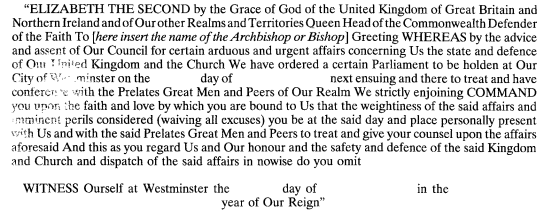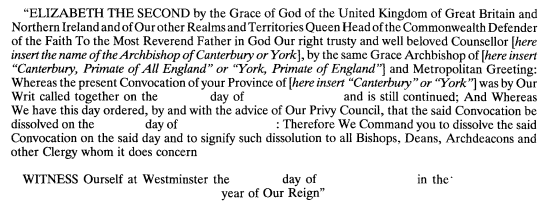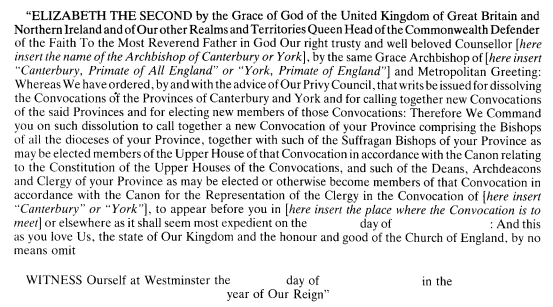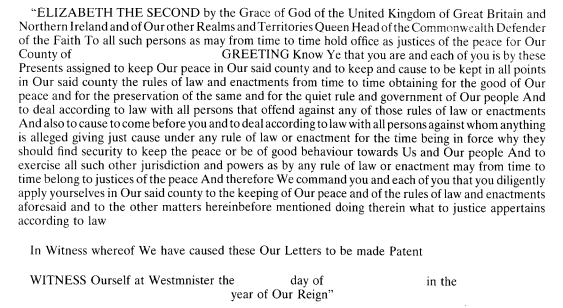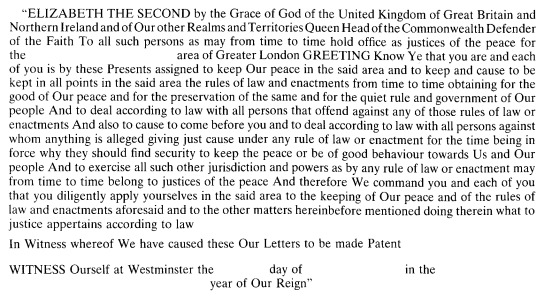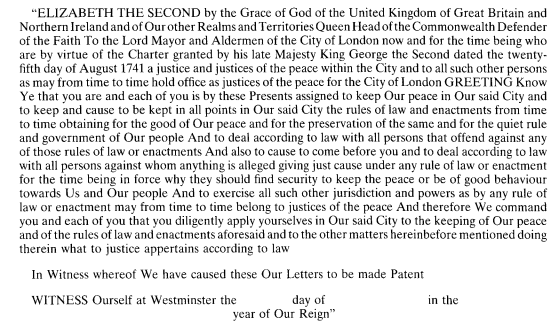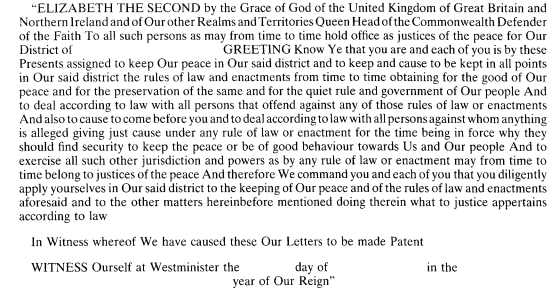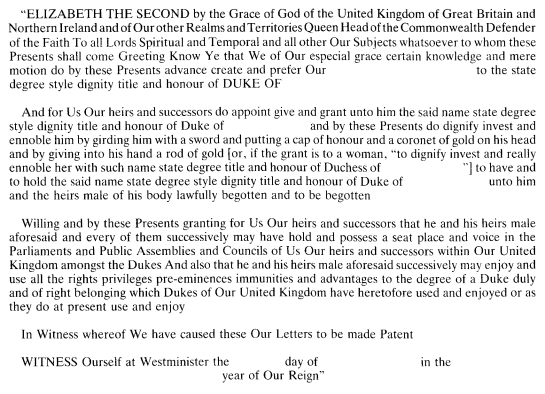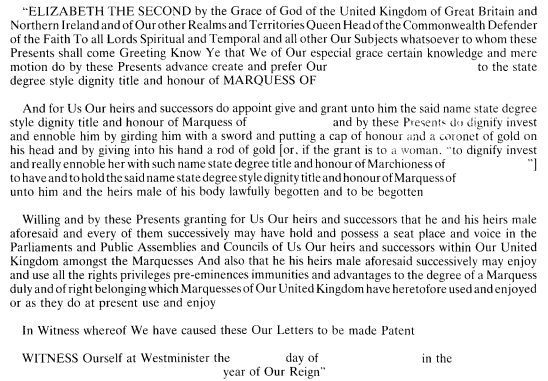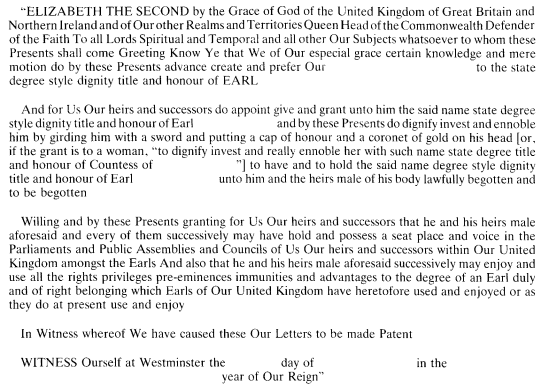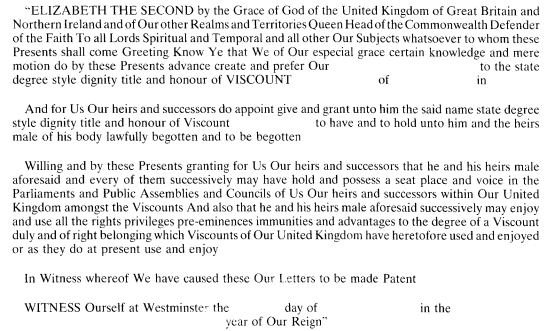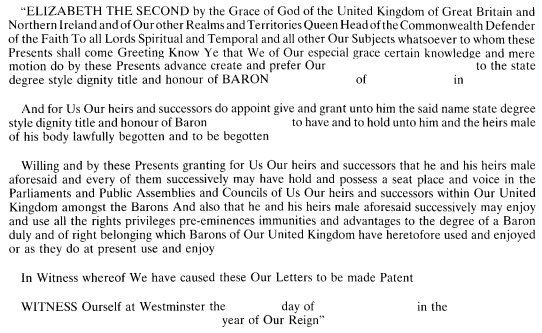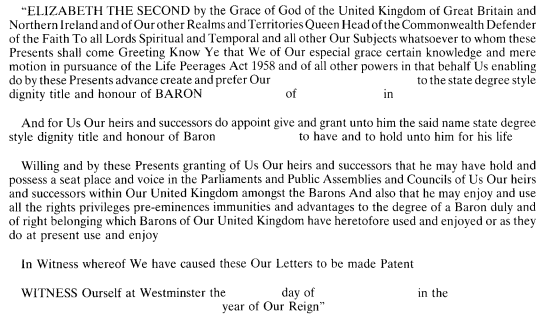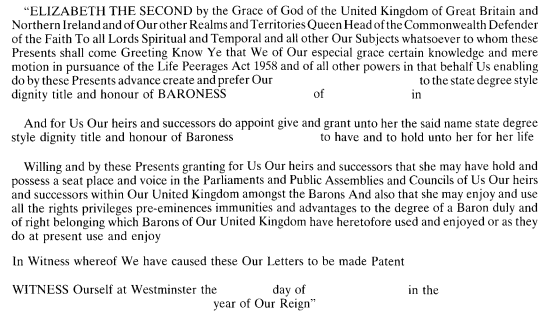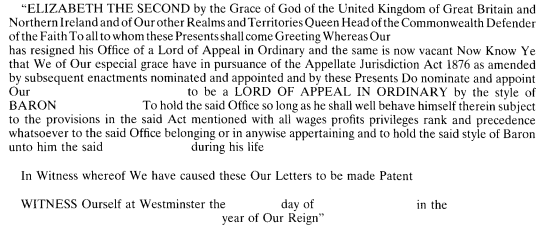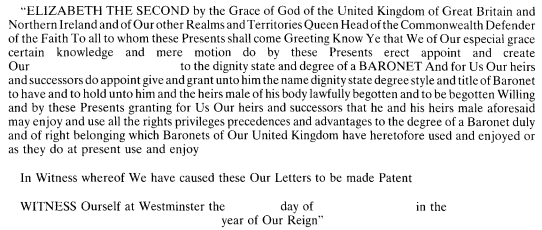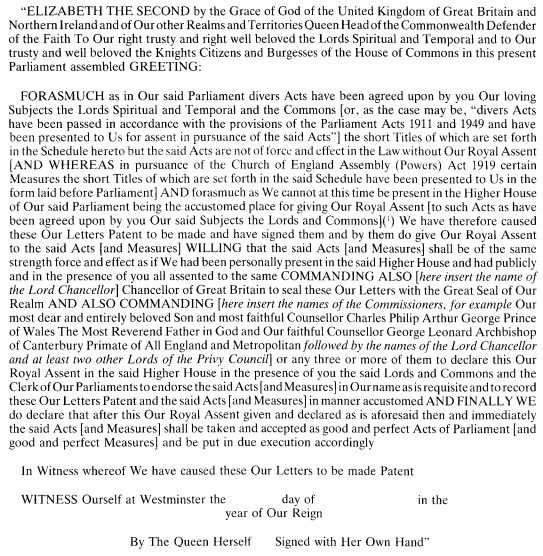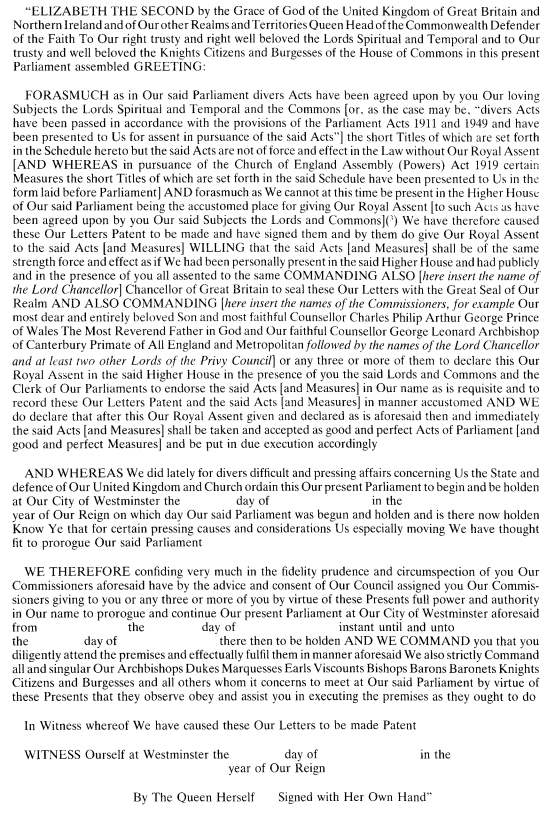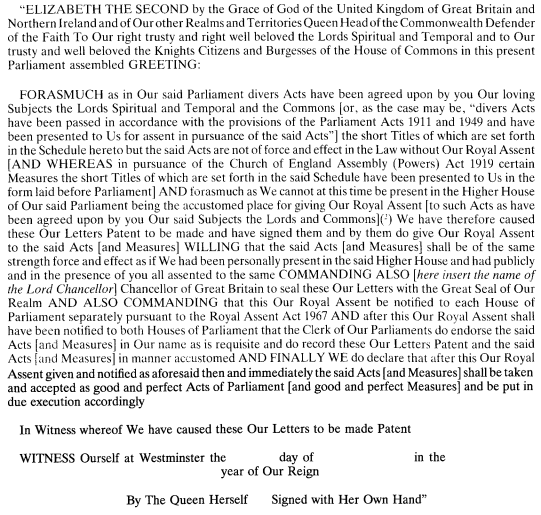1992 No. 1730
The Crown Office (Forms and Proclamations Rules) Order 1992
Made
Laid before Parliament
Coming into force
At the Court at Buckingham Palace, the 15th day of July 1992
Present
The Queen’s Most Excellent Majesty in Council
Her Majesty, in exercise of the powers conferred on Her by section 3 of the Crown Office Act 18771, is pleased, by and with the advice of Her Privy Council, to order, and it is hereby ordered, as follows:
Citation, commencement and interpretation1
1
This Order may be cited as the Crown Office (Forms and Proclamations Rules) Order 1992 and shall come into force on 13th August 1992.
2
References in this Order to a Schedule are references to the Schedule to this Order.
Forms of Writs of Summons, Commissions, Letters Patent and Royal Assents2
1
For any document to which this Rule applies, the form of words to be used shall be that set out in the Schedule, subject only to such variations as are specified in the Schedule itself or are necessitated by the circumstances to be provided for in the document.
2
This Rule applies to the documents under the Great Seal described in the following Table.
Documents | Form in the Schedule |
|---|---|
Writs of Summons and Dissolution | Forms A to C in Part I |
Commissions of the Peace | Forms A to D in Part II |
Letters Patent | Forms A to I in Part III |
Royal Assents | Forms A to C in Part IV |
Publication of Royal Proclamations3
It shall be sufficient for Royal Proclamations to be published in the London, Edinburgh and Belfast Gazettes; but if the Lord President of the Council, thinking it expedient, directs that copies of such proclamations shall in addition be sent to such High Sheriffs, Sheriffs, Lord Mayors and Mayors in England and Wales and to such Sheriffs Principal in Scotland as he thinks fit, the contents of such proclamations shall thereupon be made known in the manner accustomed.
Revocation4
The Crown Office (Forms and Proclamations Rules) Order 19882 is hereby revoked.
SCHEDULEFORMS OF DOCUMENTS
PART I.WRITS OF SUMMONS AND DISSOLUTION
PART II.COMMISSIONS OF THE PEACE
PART III.LETTERS PATENT
PART IV.ROYAL ASSENTS
(This note is not part of the Order)
